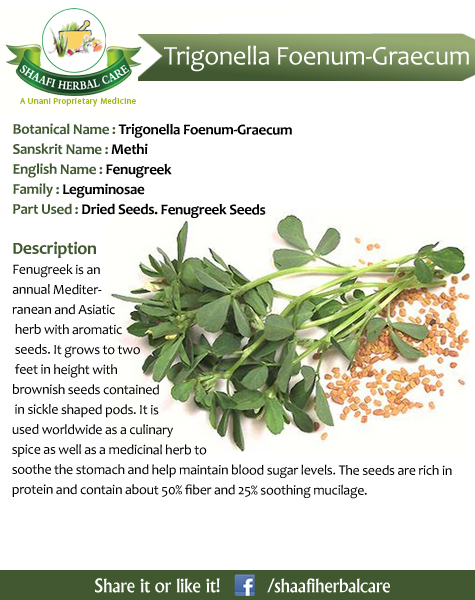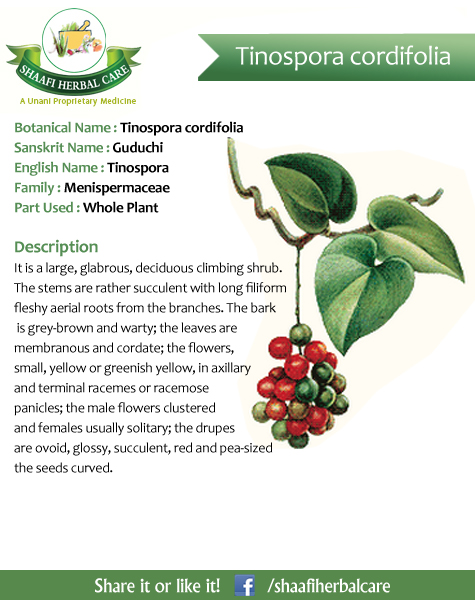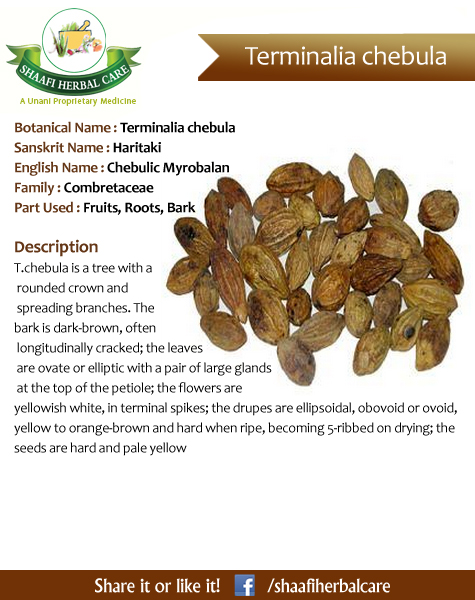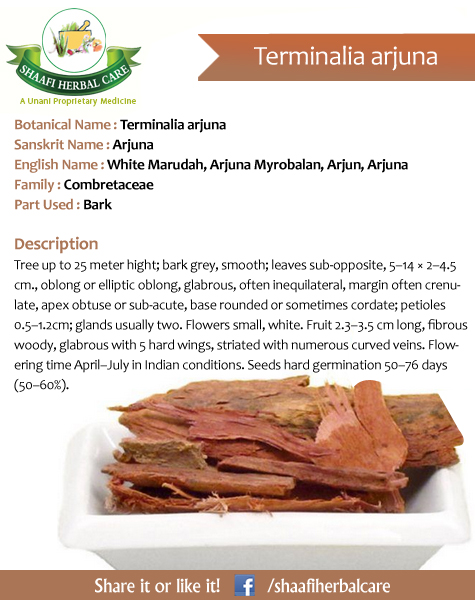Health benefits of fenugreek seeds Fenugreek seeds are rich source of minerals, vitamins, and phytonutrients. 100 g seeds provide 323 calories. The seeds are a very good source of soluble dietary fiber. Soaking the seeds in water makes their outer coat soft and mucilaginous. 100 g of seeds provide 24.6 g or over 65% of …
Herbs
Benefits of Herbs
Trachyspermum ammi
Health and Medicinal benefits of Ajwain It is one of the important herbs for Indian kitchen to make the Indian cuisine tasty. All the parts of this herb have very strong smell; hence it is called Ugragandha in Sanskrit. Ajwain has many health and medicinal values. It is well known seed for Instant Remedy for …
Tinospora cordifolia
Description Guduchi is a glabrous climbing shrub with a succulent stem and papery bark that is creamy white to grey in color. The shrub shoots out aerial roots, usually on neem and mango trees, which could be as long as 30 meters. It bears heart-shaped leaves. The yellow flowers are axillary and long-stalked racemes. The …
Terminalia chebula
Description The deciduous Haritaki tree grows at an altitude of 1,800 meters. The round tree is crowned and braches spread out, with a diameter of 1.5 to 2.5 meters. The long ovate leaves are acute, in opposite pairs about 10 to 20 cm long. The flowers are dull white with spikes and can be found …
Terminalia bellirica
General information: Belliric Myrobalan is known as Vibhitaki in Sanskrit, which means ‘fearless’. In Indian folklore, it is said that demons inhabited the Belliric Myrobalan tree and those who sat under its shade were vulnerable to an attack. Belliric Myrobalan is one of the three key ingredients of Triphala, a natural compound that provides overall …
Terminalia arjuna
Health Benefits and Therapeutic Uses of Arjuna One of the health benefits of the arjuna herb is that it is known to be effective against the symptoms of asthma and can even cure the individual of this medical problem. As part of the natural treatment for asthma , the arjuna bark powder should be mixed …
Tephrosia purpurea
General information: The Sanskrit name of Wild Indigo, Sarapunkha, is a combination of two words—arrow and wings. This refers to the physical appearance of the plant. If both the ends of its leaf are held and pulled, edges like that of an arrow are formed (Source: The plant is beneficial in treating skin eruptions and …
Tecomella undulata
General information: The Rohida Tree’s Sanskrit name, Rohitaka, means ‘the healer’, which refers to the herb’s therapeutic benefits. The tree’s extracts are known to be useful in healing liver and spleen ailments, superficial wounds and blood disorders. Therapeutic constituents: The bark of the Rohida Tree contains tecomin (veratryl beta-D-glucoside), alkanes, alkanols and beta-sitosterols, which denote …
Tamarix gallica
General information: Tamarisk, which is found in abundance in North India, has laxative and antihemolytic properties. The herb is often administered for constipation. Therapeutic constituents: Tamarixin is the main chemical constituent of Tamarisk, which gives the herb its therapeutic properties. Key therapeutic benefits: As a laxative, Tamarisk is beneficial in the treatment of constipation. It …
Tamarindus indica
Health benefits of Tamarind Tamarind fruit contains certain health benefiting essential volatile chemical compounds, minerals, vitamins and dietary fiber. Its sticky pulp is a rich source of non-starch polysaccharides (NSP) or dietary-fiber such as gums, hemicelluloses, mucilage, pectin and tannins. 100 g of fruit pulp provides 5.1 or over 13% of dietary fiber. NSP or …









